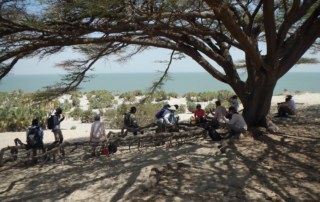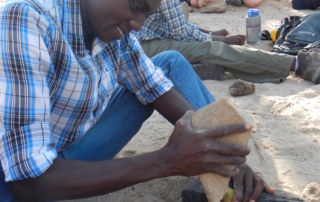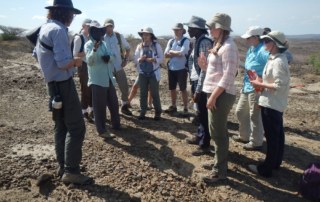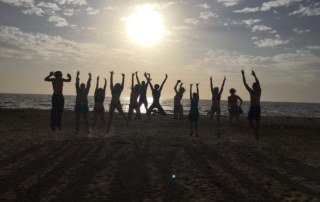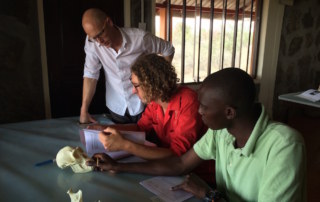Rolling back to the Holocene
On Friday, we traveled to the Holocene site of Napaget, a massive and artefact-rich sand dune that overlooks the beautiful Lake Turkana. The site is about an hour away (as the lorry drives), and on the way we passed some truly impressive termite mounds, almost big enough for a person to live in (I wonder [...]

